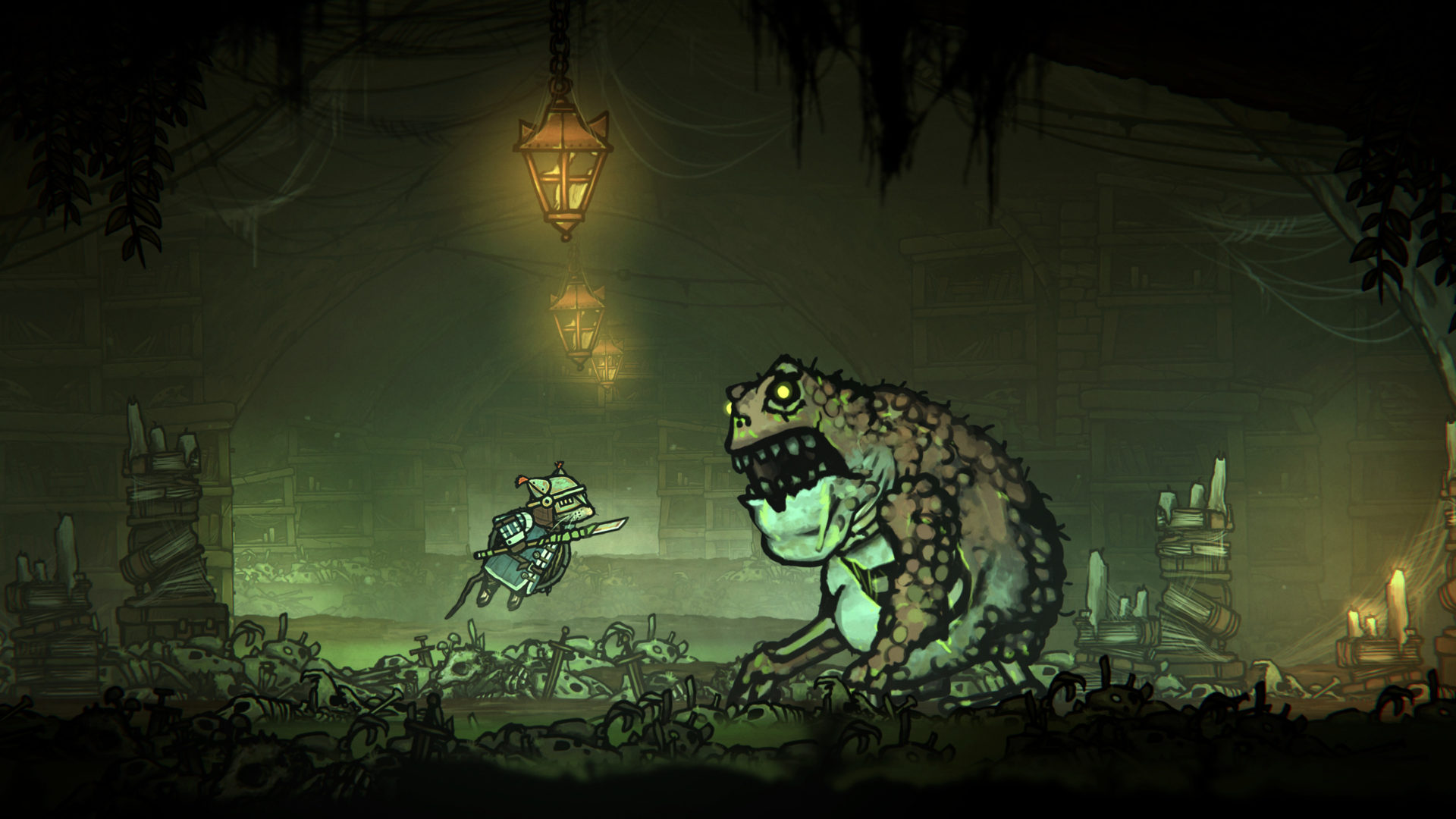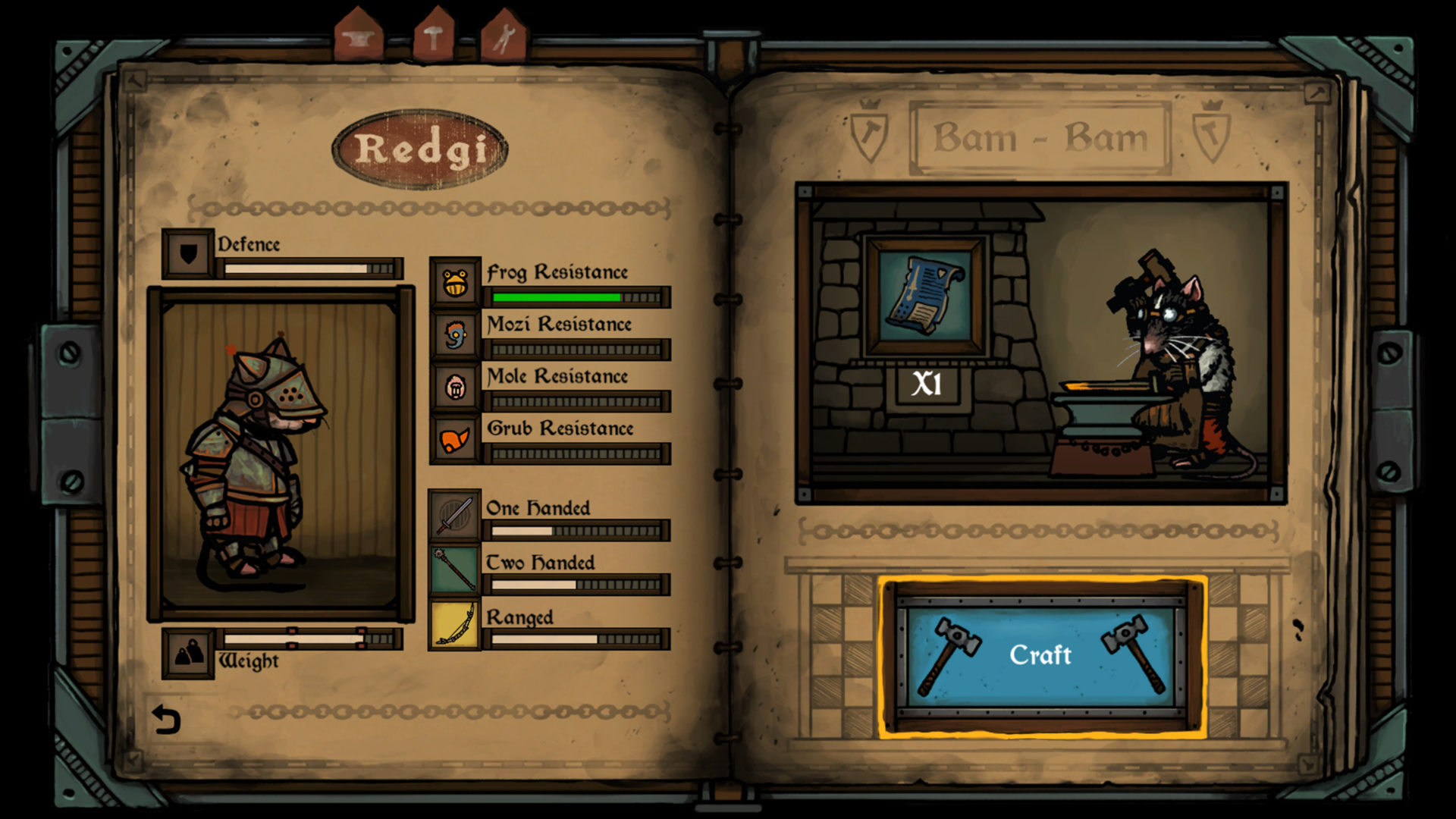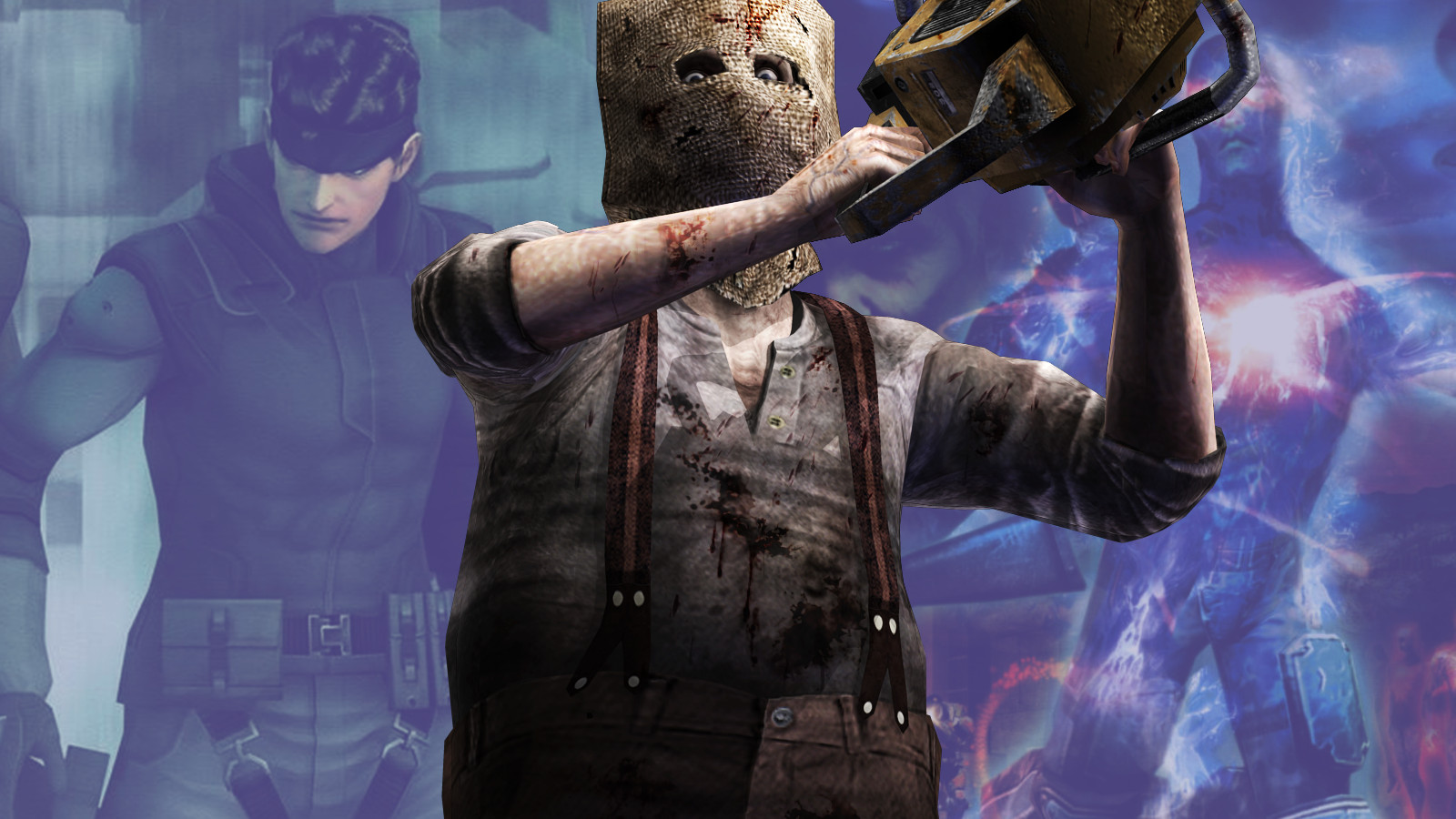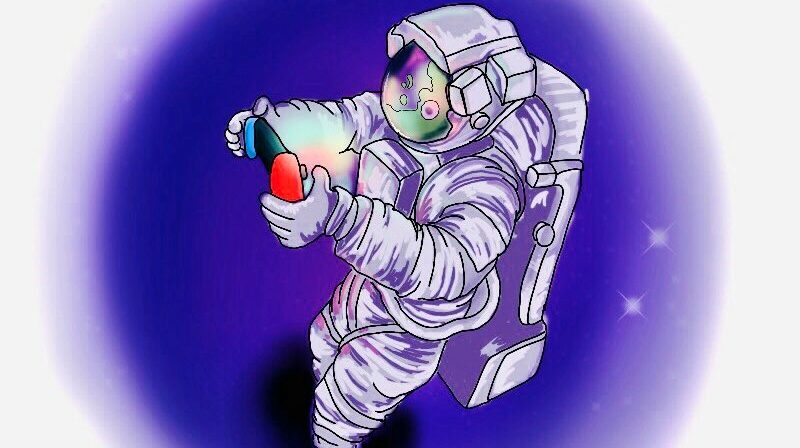Share
Odd Bug Studio’s Tails of Iron has been on my radar for quite a while. It checks several of my favorite things in not just video games but fantasy storytelling. Tails of Iron is an RPG-lite adventure set in a deceivingly pleasant world with violent and brutal sidescrolling combat inspired by the Souls games of course. You play as young Redgi, a rat that is heir to the throne of the recently deceased rat kingdom. As Redgi, you’ll take back your family kingdom, explore a surprisingly large world, and kill lots of evil giant frog lords. It’s a Skaven and Lizardmen dynamic, but the Skaven are the good guys this time. Actually, Redwall might be a better comparison than Warhammer, wait or Mouseguard? Anyways, Tails of Iron has already been met with a lot of critical applause and merit so let’s look at why it’s already getting hailed as one of the best indies of the year. It’s all about the rats.
As a note, this review may contain some light spoilers for the early game.

Tails of Iron takes inspiration from grimdark fantasy with a thorough application of the mouse and rat fantasy you know and love. If you were to pitch this game as a grimdark Redwall, you wouldn’t be that far off. Doug Cockle (Geralt of Rivia) is here to narrate everything, so you know you’re in the grungy swords and blood zone. Every rasping sentence of exposition pushes this tone to the forefront. Your cute little rat will wade through the blood of thousands of dead enemies before all is said and done.
The plot and main narrative are reasonably straightforward, with a few sidequests that end up feeling integral to forward momentum anyway. This isn’t a bad thing. Tails of Iron isn’t a Metroidvania, and therefore, side content and exploration aren’t pillars of the game. There’s still a lot to see, do, and stab on your way to getting Redgi’s Kingdom back. I found myself content with the variety of enemies and zones by the time I finished it up.
The Benefit and curse of souls-like combat
Odd Bug Studio hasn’t been coy about their inspiration for combat. Every enemy encounter can and will kill you. There’s an inherent relationship between you, your shield, your dodge roll, and a good offense. Even the slightest lapse in judgment between this trifecta can and usually does mean failure. While I personally enjoy this gameplay loop, I can’t justify its excessive nature. On the tail end of the influence of the souls game and with the code for those mechanics in a sidescroller being cracked years prior, I can’t help but feel that it relies too much on the brutal difficulty. This isn’t exclusively a Tails of Iron issue but rather the implication of Souls-like mechanics, emphasizing difficulty alone. This is a pattern I’ve seen in a lot of other indies following this mold so it’s hard to single Tails of Iron out. Still, something to take into account, especially for players new to this genre.
Ignoring my problems with the difficulty, the game plays proficiently. Combat feels good and is responsive in all the right ways. Light armor lets you dodge real fast, and heavy armor turns you into a lumbering wall of unmovable defense; there are pros and cons to all your equipment. The gear is surprisingly diverse, giving you a plethora of combat interactions that can vary from sword and board to ranged weaponry. Gathering sets and weapons for little Redgi was one of the highlights of my playthrough. As with any RPG or Souls-like game sifting through tons of weapon and equipment sets to clumsily find a build on a first playthrough is a must for me, and Tails of Iron does this well. It’s also relatively easy to change pieces, so there isn’t too much of a feeling of committal.

So, how is it? Good. The heavy line comic art and detail to backgrounds make the world fun to explore. The relatively linear path forward is fine and large enough to keep me content. Everything else in-between supplements well, good music and sound design and satisfying combat. Unfortunately, as I mentioned before, the combat isn’t approachable for people unwilling to deal with large difficulty walls, and I wouldn’t exactly blame them for leaving the game half-finished when a boss feels insurmountable.




